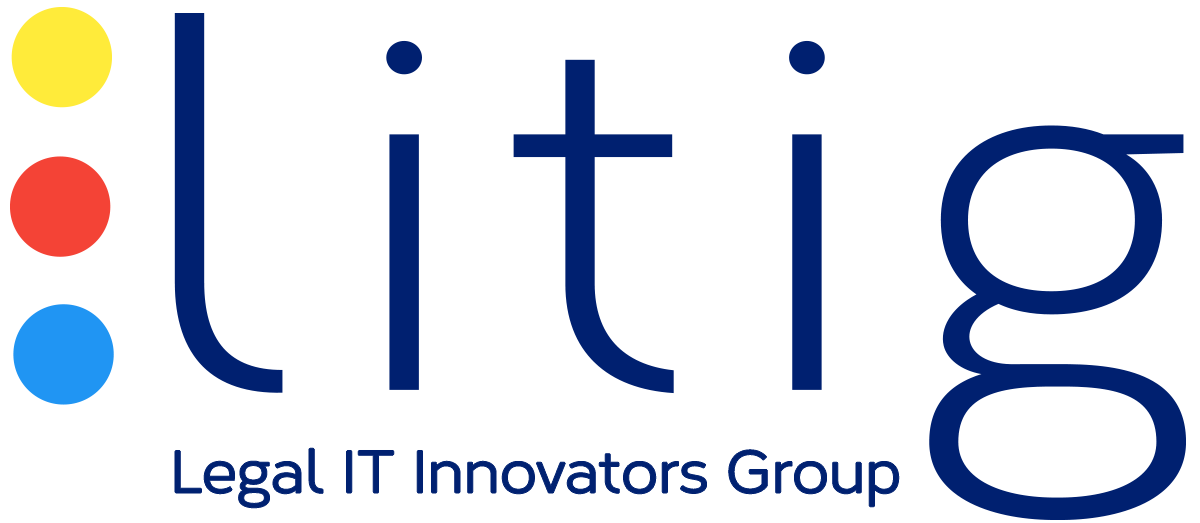Litig AI Benchmark Initiative - Use Case Templates
This approach to defining and documenting GenAI use cases gives practical templates for law firms and organisations to define, document, and evaluate AI use cases, ranging from high-level scenarios to detailed business case-style descriptions.
All feedback and suggestions are welcomed to help enhance the approach to defining and documenting GenAI use cases. You can make comments on or download the document here: Approaches to defining and documenting GenAI use cases
1st September 2025 • Version 2.0
All feedback and suggestions are welcomed to help enhance the approach to defining and documenting GenAI use cases. You can make comments on or download the document here: Approaches to defining and documenting GenAI use cases
